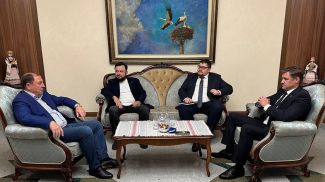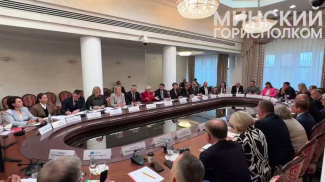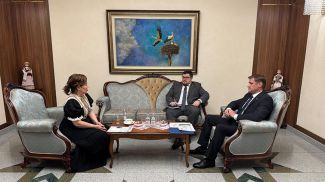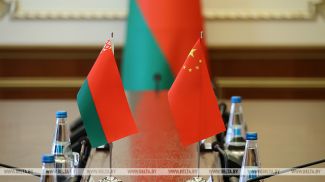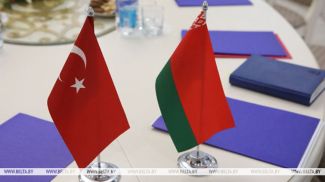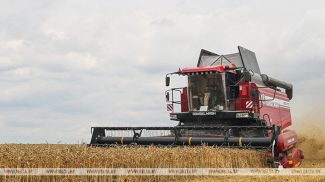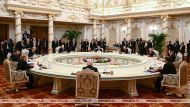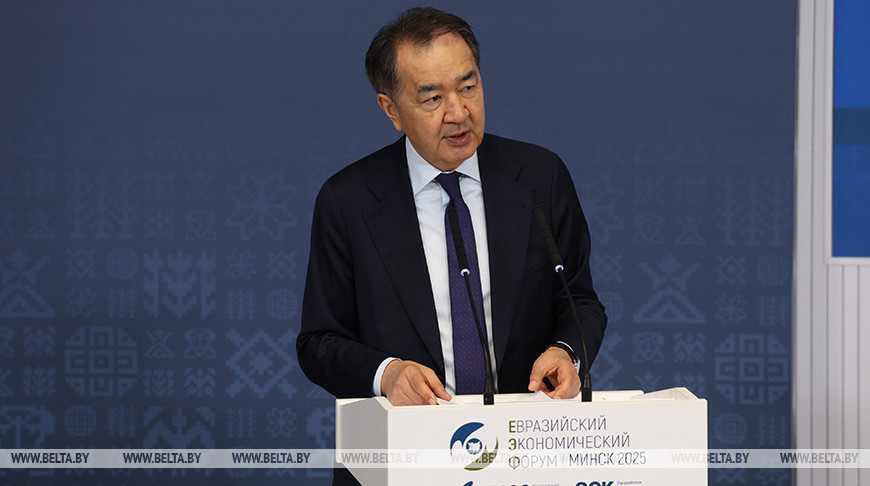
MINSK, 26 June (BelTA)- The Conference on Interaction and Confidence Building Measures in Asia (CICA) views the EAEU as an important mechanism for aligning economic potentials and deepening trade and economic cooperation in Eurasia, CICA Secretary General Kairat Sarybay said at the panel discussion “Dialogue of interstate associations: Aligning the economic potentials and deepening of trade and economic cooperation” in Minsk on 26 June, BelTA learned.
The CICA secretary general recalled that the Eurasian Economic Community, the predecessor of the EAEU, became one of the first external partners of the integration association in 2008, which underlines the special importance that the CICA attaches to cooperation with the CICA.
“An overwhelming number of economies in our macro-region are showing steady growth. Against this background, we see the active development of unification processes both in Asia and in Greater Eurasia aimed at strengthening security, increasing the stability and competitiveness of economies, ensuring the growth of people’s welfare and developing human capital,” Kairat Sarybay said. “Each regional structure offers unique integration solutions to its goals. However, today our vast space for mutually beneficial cooperation faces unprecedented challenges, a crisis of multilateralism and a crisis of trust.”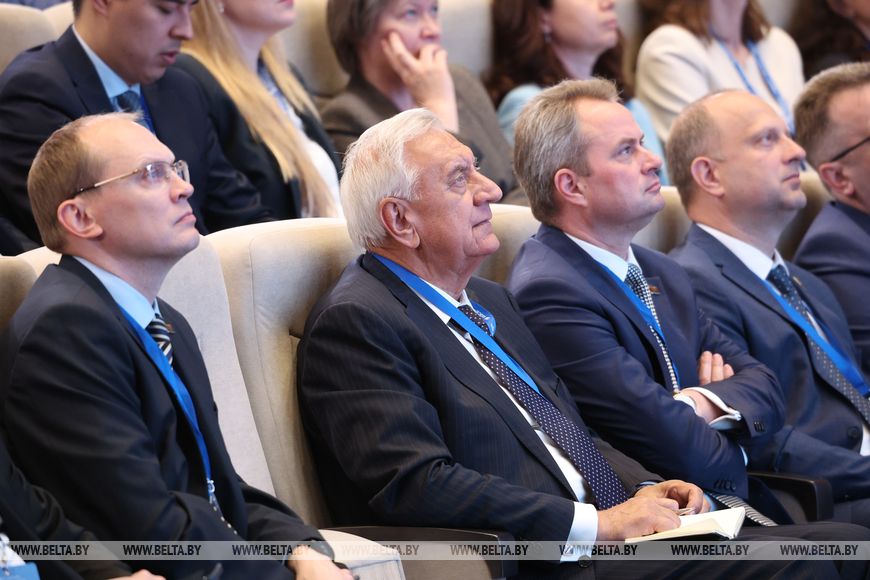
The CICA secretary general recalled that the Eurasian Economic Community, the predecessor of the EAEU, became one of the first external partners of the integration association in 2008, which underlines the special importance that the CICA attaches to cooperation with the CICA.
“An overwhelming number of economies in our macro-region are showing steady growth. Against this background, we see the active development of unification processes both in Asia and in Greater Eurasia aimed at strengthening security, increasing the stability and competitiveness of economies, ensuring the growth of people’s welfare and developing human capital,” Kairat Sarybay said. “Each regional structure offers unique integration solutions to its goals. However, today our vast space for mutually beneficial cooperation faces unprecedented challenges, a crisis of multilateralism and a crisis of trust.”

At a time when global production and logistics chains break down it is important that the interstate associations engage in constructive dialogue, Kairat Sarybay said and cited the current 4th Eurasian Economic Forum in Minsk as an example. According to him, the discussions at such forum in recent years suggest that true security is impossible without economic and social development, without solution of environmental and humanitarian problems, finding answers to civilizational and cultural questions.
“Having an extensive geographical coverage, a rich agenda and a diverse arsenal of tools, CICA is fully capable of consolidating the collective model of Asian countries and serving as a link between various integration associations, including in building relations with the Eurasian Economic Union,” Kairat Sarybay said.
According to the Eurasian Economic Commission, the active development of integration processes in the world over the past decades has made it possible to form a significant body of effective regional solutions to increase the stability and competitiveness of economies and tackle both internal and external challenges. The Integration agendas of the associations are focused primarily on improving the well-being of citizens and creating most comfortable conditions for doing business, while each regional structure has its own unique integration experience in achieving these goals.
“Having an extensive geographical coverage, a rich agenda and a diverse arsenal of tools, CICA is fully capable of consolidating the collective model of Asian countries and serving as a link between various integration associations, including in building relations with the Eurasian Economic Union,” Kairat Sarybay said.
According to the Eurasian Economic Commission, the active development of integration processes in the world over the past decades has made it possible to form a significant body of effective regional solutions to increase the stability and competitiveness of economies and tackle both internal and external challenges. The Integration agendas of the associations are focused primarily on improving the well-being of citizens and creating most comfortable conditions for doing business, while each regional structure has its own unique integration experience in achieving these goals.




